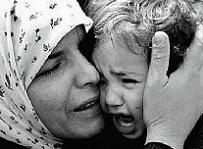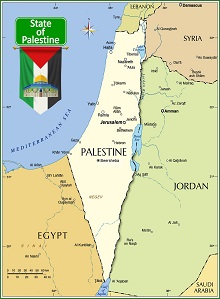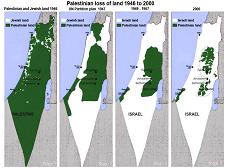 Quake Moves Japan Closer to U.S. and Alters Earth’s Spin
Quake Moves Japan Closer to U.S. and Alters Earth’s Spin
The magnitude-8.9 earthquake that struck northern Japan on Friday not only violently shook the ground and generated a devastating tsunami, it also moved the coastline and changed the balance of the planet. Global positioning stations closest to the epicenter jumped eastward by up to 13 feet. Japan is “wider than it was before,” said Ross Stein, a geophysicist at the United States Geological Survey.
Meanwhile, NASA scientists calculated that the redistribution of mass by the earthquake might have shortened the day by a couple of millionths of a second and tilted the Earth’s axis slightly. Not all of Japan jumped 13 feet closer to the United States, said Kenneth W. Hudnut, a geophysicist with the United States Geological Survey. The shifts occurred mostly in the area closest to the epicenter, and stations farther away reported much less movement. That part of Asia, to the surprise of many who look at the geological map, sits on the North American tectonic plate, which wraps up and around the Pacific plate and extends a tentacle southward that part of Japan sits atop. The Pacific plate is moving about 3.5 inches a year in a west-northwest direction, and in that collision — what geologists call a subduction zone — the Pacific plate dives under the North American plate.




